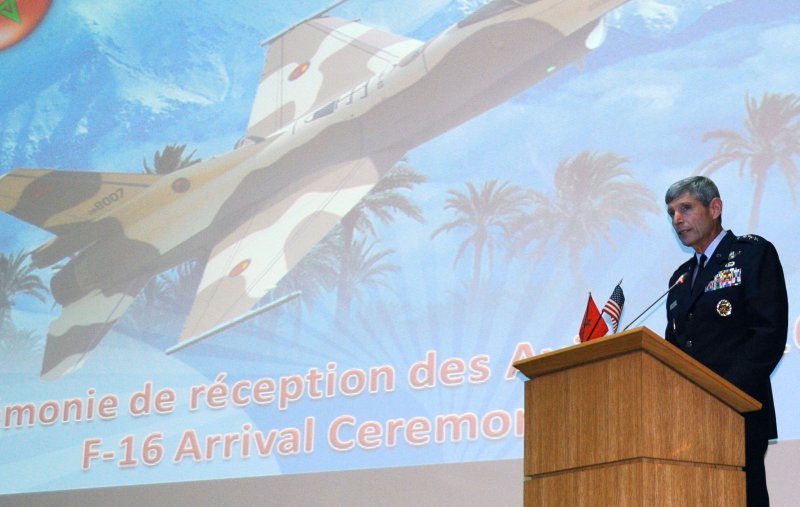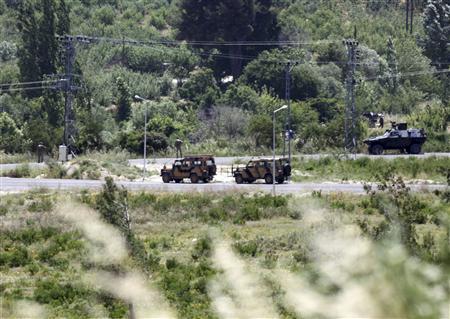Morocco is the latest U.S. partner nation to receive the F-16 Fighting Falcon, a historic event marked by a ceremony here Aug. 4.
The new Block 52 aircraft will supplement the Royal Moroccan Air Force’s existing fleet of fighter aircraft and will contribute to the upgrade and modernization of the country’s military.
Senior U.S. military officials attended to mark the event and strengthen the relationship between the two countries’ air forces, which includes a state partnership program with the Utah Air National Guard that began in 2003.
The relationship between the U.S. and Morocco can be traced back a few hundred years when Morocco became the first country to recognize the U.S. as an independent nation. Senior Moroccan officials, as well as Air Force Chief of Staff Gen. Norton Schwartz, reiterated the close partnership between the two nations during the ceremony.
“I’m here to salute our partnership which we so highly value,” Schwartz said. “The friendship between the U.S. and Moroccan militaries is founded on mutual respect, and I am thrilled to be here as you accept the first F-16s into your aircraft inventory.”
Officials from U.S. Africa Command and its air component, Air Forces Africa, were also in attendance for the occasion.
“It’s an incredible honor for me to be here for the first delivery of the F-16s to the Royal Moroccan Air Force,” said Maj. Gen. Margaret Woodward, the Air Forces Africa commander. “We have a wonderful relationship with the RMAF, but being able to fly the same airplane will just increase our opportunity to work together.
“For the United States and the Moroccans, this is a banner day and a great opportunity to increase both of our capacities and strategic partnership,” she added.
The U.S. is helping to train Morocco’s new F-16 pilots, teaching them not only how to fly the aircraft, but also how to teach others, explained Lt. Col. Allen Stewart, an Air National Guard logistics readiness officer from South Carolina.
Stewart worked with the Moroccans during pilot training in Tucson, Ariz., and saw firsthand the dedication and commitment of the Moroccan pilots.
“The Moroccans are very professional,” he said. “They are very positive, well-trained, and eager to get the job done. They will do well.”
Training and delivery of the fighter aircraft took approximately two years as the U.S. and Moroccan air forces worked together, Stewart said.
Woodward also commented on the achievements of the new F-16 pilots, one of whom received the distinguished graduate award at training and “stood out as one of the best in the class.”
“These pilots are doing an exceptional job in training,” she said. “I’m really excited about this progress and the opportunity to expand an already strong military-to-military partnership. Some of these pilots will come back to Morocco and set up a training program to train future pilots in the F-16, and they will receive the same training as our own in the U.S. Air Force.”
The RMAF pilots chosen for the program have years of experience in other aircraft and are some of the air force’s very best, according to Moroccan officials.
Morocco is the 25th nation to receive the F-16. More than 4,400 aircraft have been delivered worldwide from assembly lines in five countries, according to a Lockheed Martin press release.











